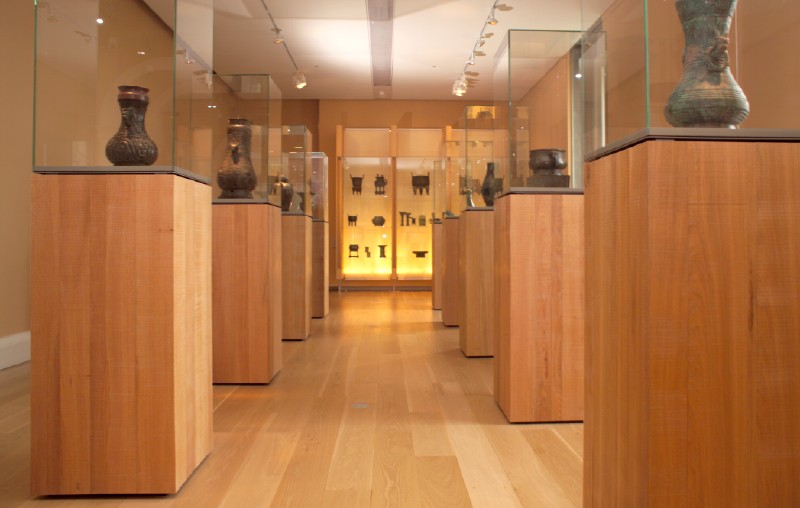Compton Verney in Warwickshire is one of the most stately of English stately homes. Set in the rolling acres of a park laid out by Capability Brown, surrounded by a cluster of ancient cedars, poised beside a serpentine lake, the house was given its present Neo-classical façade by Robert Adam, who remodelled it for the 12th Lord Willoughby de Broke in the 1760s. When the successors of Lord Willoughby went terminally broke, in the early years of the twentieth century, Compton Verney fell into disrepair. By the end of the Second World War, during which it was occupied by the Army and used as a base for developing varieties of camouflage, the house had become almost uninhabitable. Members of the Pioneer Corps are said to have celebrated VE Day by smashing parts of the balustrade of the Adam bridge that spans the ornamental lake, and hurling them into the water.
Ten years ago, when the house was on the point of complete dilapidation, its original Adam interiors ruined beyond repair, it was rescued by the philanthropist Peter Moores and remodelled once more – transformed, this time, from stately home into purpose-built museum, run by the Compton Verney House Trust, a registered charity, under the directorship of Richard Gray. Moores paid for all this via the Peter Moores Foundation, stumping up some £64 million for the repair of the house, its conversion into a museum and its fledgling collections, as well as several millions more to provide the institution with annual revenue funding. He is an unusual English multi-millionaire, in that he has plunged his money into art rather than into a soccer club (and, thence, into the bottomless pit of the football transfer market). His money, in fact, originally came from football, albeit indirectly, Moores being one of the...

Compton Verney in Warwickshire, A New(ish) Museum in England 2005
16-01-2005

